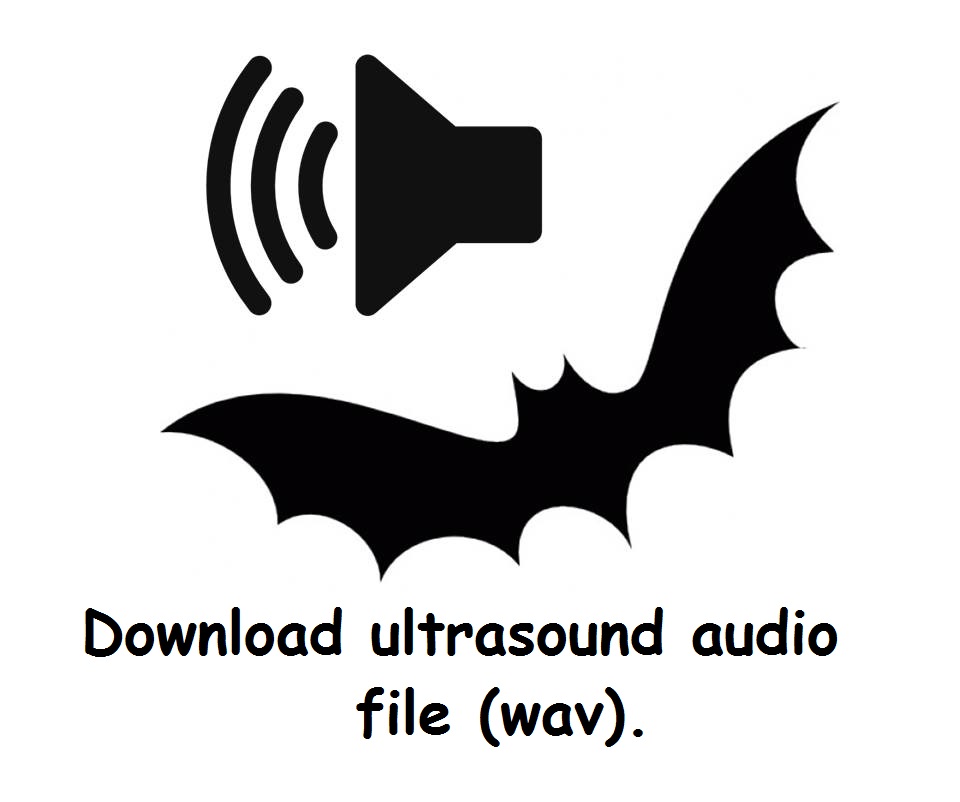Languages
Rhynchonycteris naso
Rhynchonycteris naso
Adult bats have body length between 4 and 5 cm, forearm 4 cm and weight 4 g. They have an elongated and pointed muzzle. The colour of the back is gray, the base of the hairs is chocolate brown and the tips whitish. A unique feature of this species and used for identification are tufts of hairs along the dorsal surface of the forearms. The glandular sacs are absent. The colonies are formed by a few individuals living in small shelters not shared with other species.
Shelters are usually found on or near the water, in well-lit as the surface of sloping rocks or logs, cracks in rocks, hollow trees or large branches.
These bats forage almost entirely on water, flying slowly for short distances of about 3 m above the surface of the water. They feed on diptera, beetles and tricoptera. The call is formed by a pulse of almost constant frequency, with a final tail and maximum frequency of 100 kHz.
Its distribution includes Colombia, Trinidad, Venezuela, Guianas, Ecuador, Brazil and eastern Peru and Bolivia.
Figura 1. Echolocation call of Rhynchonyteris naso. A) Acoustic pulse oscillogram; B) Call sequence spectrogram; C) Intensity spectrogram. (Click figure to enlarge)





